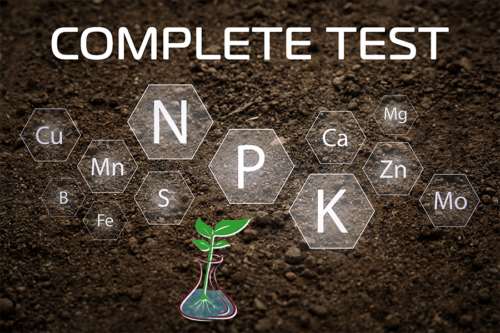BASE SATURATION PRECENT
Percent base saturation (BS) is the percentage of the CEC occupied by the basic cations Ca2+, Mg2+ and K+. Basic cations are distinguished from the acid cations H+ and Al3+. At an approximate soil pH 5.4 or less, Al3+ is present in a significantly high concentration that hinders growth of most plant species, and the lower the soil pH, the greater the amount of toxic Al3+. Therefore, soils with a high percent base saturation are generally more fertile because:
- They have little or no acid cation Al3+ that is toxic to plant growth.
- Soils with high percent base saturation have a higher pH; therefore, they are more buffered against acid cations from plant roots and soil processes that acidify the soil (nitrification, acid rain, etc.).
- They contain greater amounts of the essential plant nutrient cations K+, Ca2+ and Mg2+ for use by plants.
The percentage base saturation is expressed as follows:
%BS = [(Ca2+ + Mg2+ + K+)/CEC] × 100
Depending on soil pH, the soil’s base saturation may be a fraction of CEC or approximately equal to CEC. In general, if the soil pH is below 7, the base saturation is less than CEC. At pH 7 or higher, soil clay mineral and organic matter surfaces are occupied by basic cations, and thus, base saturation is equal to CEC. Figure 2 illustrates the relative amount of cations retained on soil surfaces at various soil pH levels.
Significance of CEC and BS
A soil’s CEC affects fertilization and liming practices. For example, soils with high CEC retain more nutrients than low-CEC soils. With large quantities of fertilizers applied in a single application to sandy soils with low CEC, loss of nutrients is more likely to occur via leaching. In contrast, these nutrients are much less susceptible to losses in clay soils.
Crop production releases acidity into soil. Soil pH will decrease more due to crop production on low CEC soils. High CEC soils are generally well buffered such that pH changes much less from crop production. Therefore, sandy soils low in CEC need to be limed more frequently but at lower rates of application than clay soils. Higher lime rates are needed to reach an optimum pH on high CEC soils due to their greater abundance of acidic cations at a given pH.



